Lesson 11: Mastering the Foundation of Highlights for a Luminous Horse Portrait
In this lesson, we dive into establishing highlights by using our mid-tones first. By laying down the foundation for highlights early on, we can give the final piece a striking glow that will bring the subject to life. Here, I’ll walk through the techniques and choices that go into this initial stage of highlighting, emphasizing how each step builds toward the finished result.
Mapping Out Your Highlights
As we begin, it’s crucial to remember that we’re only sketching the placement of highlights rather than adding the final, brightest tones. We’ll use a medium-value layer to identify areas where the light will eventually be strongest. This method allows us to establish a complete color map without overwhelming the painting with bright highlights too early.
It’s important to use a thin layer here, as the goal is to build upon these highlights gradually.
Differentiating Warm and Cool Highlights
Even though we’re focusing on the value of our highlights right now, it’s still important to differentiate between warm and cool areas on the horse's body. This helps communicate to the viewer that the sunlight that we’re painting is interacting with a living, breathing subject.
Watch my MasterDemo to learn more.
Building Confidence by Establishing Structure Early On
One of the significant benefits of laying down large blocks of color early in the painting process is that it provides a clear sense of direction. Seeing the highlights in place — even if they’re still subtle and muted — confirms that we’re on the right path. This stage is essential for instilling confidence in the piece, as it allows us to visualize the final product and make any necessary adjustments before adding further layers.
It’s not uncommon for a painting to look slightly awkward or incomplete at this point, which is where the “trust the process” mindset comes in. Although the highlights may seem understated now, remember that each layer we add brings us closer to the final result.
The Beginning of Detail
As we finish laying down our initial highlights, I can now start adding a subtle bit of detailing to key areas like the eye to give the painting a bit of life and character. Even though we’re still in the early stages, these small highlights hint at the vitality that will come through in the final work. Adding this detail helps us see the portrait’s potential and reassures us that the foundation is strong.
Understanding the Importance of Planning Your Highlights
It may be tempting to lay down your brightest highlights first thing, but starting with mid-tones is an essential part of creating a balanced, three-dimensional horse portrait. Each brushstroke at this stage establishes structure, depth, and contrast, ensuring that the final highlights will pop the way we want them too.
This lesson reinforces that creating a realistic, luminous portrait is a process that requires patience and trust. By carefully planning and applying highlights now, we set the stage for a cohesive, balanced piece that will feel lifelike and dimensional in the end. As you continue to refine this layer, keep an eye on the interplay of warm and cool tones, and let the natural flow of the horse’s coat guide your brushstrokes.
Watch my MasterDemo to learn more.





